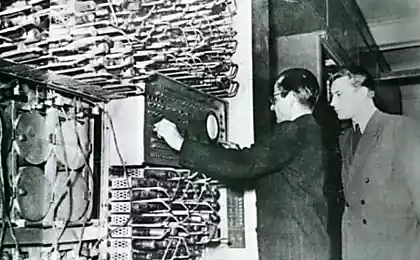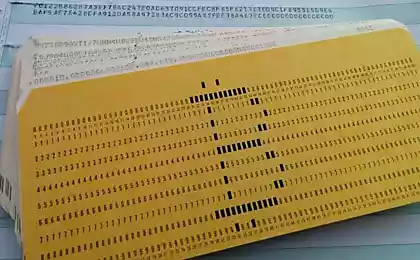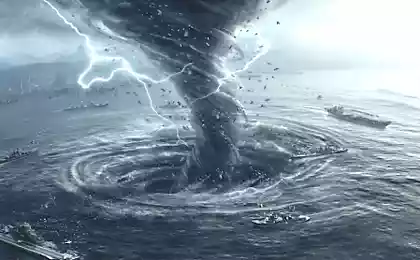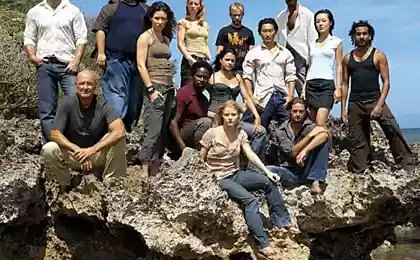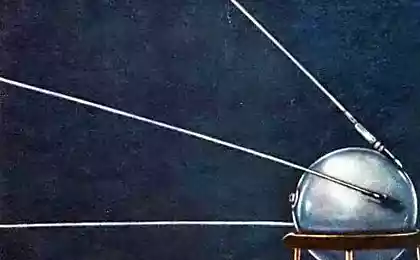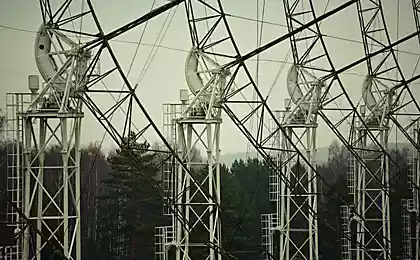2263
Looking to the Past: History BESM
The history of computing thing of the past. Humanity had to spend more than a century, to create the first electronic computer (PC). There is no doubt - this is one of the greatest discoveries of XX-th century, the start, which allowed humanity to move forward in the world of information technology.
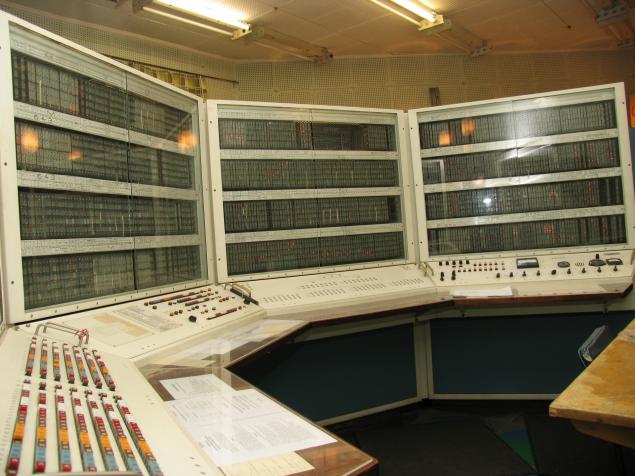
Prior to 1950 was dominated by the relay computers that have been unreliable in the calculations, and very large. To replace the relay came vacuum tube and a computer. By right of the first electronic computer, you can call the American ENIAC. The machine had a whopping information: 18000 vacuum tubes, square 90 × 15 m 2 sup>, weighed 30 tons and consumed 150 kilowatts. And if America and Europe are actively created new computers, in particular, with neymovskim memory type, in the USSR the process a bit delayed.
For example, in 1950 in Kiev laboratory simulation and computer science Institute of Electrical Sciences of the USSR under the leadership of SA Lebedev was created the first Soviet computers - SECM (small electronic computing machine). It was a real breakthrough - Lebedev has applied the principle of parallel processing words. Later gets into the structure of the first generation of BESM-1 (large electronic computing machine).

BESM-1 h4> The development of BESM-1 was completed in 1952. The machine had 2,000 vacuum tubes and speed - 8000 op. / Sec. The system of representation of numbers in the car - binary, taking into account the order in the form of floating-point numbers. The range of numbers from which the machine operates, from about 9 to 109. In the machine instruction set includes arithmetic 9, 8 codes transmission operations, logical operations, 6, 9 control operations. The total amount of RAM in 1024 amounted bit words. Power Consumption - 35 kW.
BESM-2 and BESM-3M h4> In the late 1950s boom transistor computers, whose characteristics are significantly ahead of the tube. In England in 1958, was released transistor computers - Elliot-803, in Germany - Simens-2002 in Japan - H-1. In the Soviet Union became the first transistor computer - Setun. As for the BESM series, the first transistors have been used for the BESM-6, but more on that later. At the same time, to facilitate the use of the machine created the first programming languages - Algol and Fortran.
BESM-4 h4> If no one cartoon, the BESM-4 could be called simply good computer. It was based on the element base - transistors and had a good performance (up to 40 000 operations per second). However, IBM at the time produced more worthy examples.
BESM-6 h4> A special place in the domestic computer building definitely takes the legendary BESM-6. The principles laid down in its structural organization are relevant to this day. These computers are still used in research institutes to solve the most difficult and important tasks.

Prior to 1950 was dominated by the relay computers that have been unreliable in the calculations, and very large. To replace the relay came vacuum tube and a computer. By right of the first electronic computer, you can call the American ENIAC. The machine had a whopping information: 18000 vacuum tubes, square 90 × 15 m 2 sup>, weighed 30 tons and consumed 150 kilowatts. And if America and Europe are actively created new computers, in particular, with neymovskim memory type, in the USSR the process a bit delayed.
For example, in 1950 in Kiev laboratory simulation and computer science Institute of Electrical Sciences of the USSR under the leadership of SA Lebedev was created the first Soviet computers - SECM (small electronic computing machine). It was a real breakthrough - Lebedev has applied the principle of parallel processing words. Later gets into the structure of the first generation of BESM-1 (large electronic computing machine).

BESM-1 h4> The development of BESM-1 was completed in 1952. The machine had 2,000 vacuum tubes and speed - 8000 op. / Sec. The system of representation of numbers in the car - binary, taking into account the order in the form of floating-point numbers. The range of numbers from which the machine operates, from about 9 to 109. In the machine instruction set includes arithmetic 9, 8 codes transmission operations, logical operations, 6, 9 control operations. The total amount of RAM in 1024 amounted bit words. Power Consumption - 35 kW.
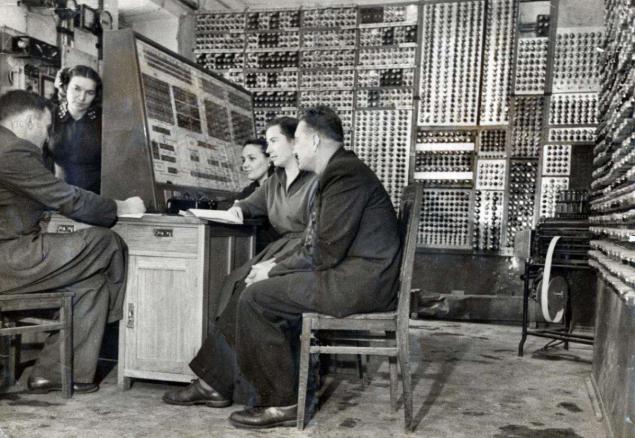
In 1953, the Soviet BESM-1 was the most high-speed computers in Europe, second only to the US IBM 701, which, in particular, was a huge commercial success.
BESM-1 was a machine capable of solving complex mathematical problems, replacing thousands of calculations. Machine undoubtedly made an enormous contribution to the development of nuclear energy and space exploration. In the 1950s, was created many more Soviet computers, such as Minsk, Ural, Dnepr, Peace, and so. D, but they are considerably inferior in performance BESM-1.
BESM-2 and BESM-3M h4> In the late 1950s boom transistor computers, whose characteristics are significantly ahead of the tube. In England in 1958, was released transistor computers - Elliot-803, in Germany - Simens-2002 in Japan - H-1. In the Soviet Union became the first transistor computer - Setun. As for the BESM series, the first transistors have been used for the BESM-6, but more on that later. At the same time, to facilitate the use of the machine created the first programming languages - Algol and Fortran.
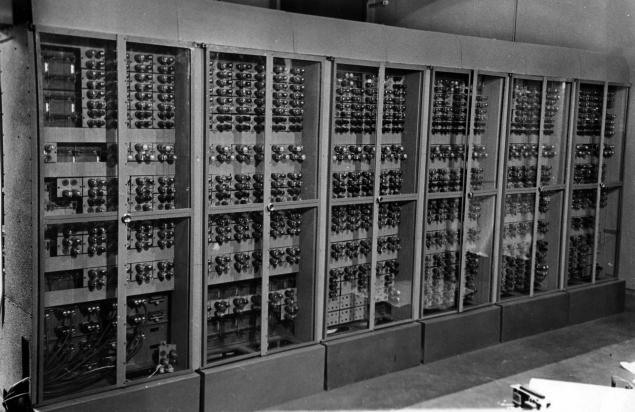
After the success of the BESM-1, it was decided to create an improved version for mass production. So, in 1958, was born BESM-2. In all there were 67 cars in the period from 1958 to 1962 under the leadership of the team and factory IPMCE im.Volodarskogo. According to reliable facts using BESM-2 was calculated flight path of the Soviet unmanned rocket to the moon.
The main characteristics of the BESM-2 are similar to its predecessor. The machine had 4,000 vacuum tubes, and the speed was increased to 20,000 op. / C., And the RAM 2024 bit words.
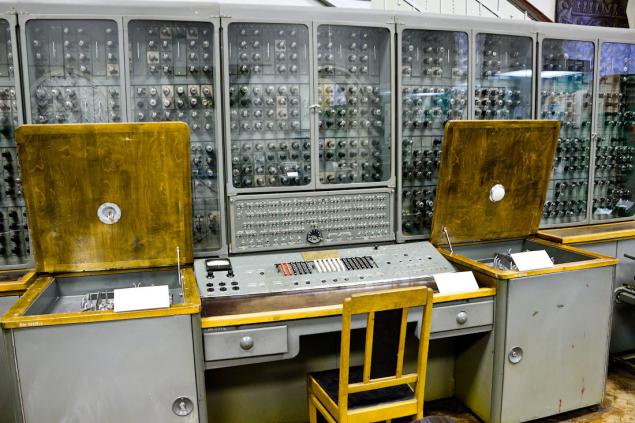
In addition to the BESM-2 but based on BESM-1 was created serial computers - the M-20, which is commercially developed from 1955 to 1958. At the end of the development of the M-20 was the fastest computer in the world and had 20,000 op. / C. In all there were 64 cars.
BESM-3M was designed by young and talented engineers IPMCE. It was a small layout that follows the structure of the M-20 and subsequently became the basis for the series BESM-4.
BESM-4 h4> If no one cartoon, the BESM-4 could be called simply good computer. It was based on the element base - transistors and had a good performance (up to 40 000 operations per second). However, IBM at the time produced more worthy examples.
BESM-4 is fully inherited the architecture of M-20 and had RAM - 4156 bit words. Machine series produced since 1965, all were released 30 copies. For BESM-4 existed at least 3 different compilers with ALGOL-60 compiler Fortran.
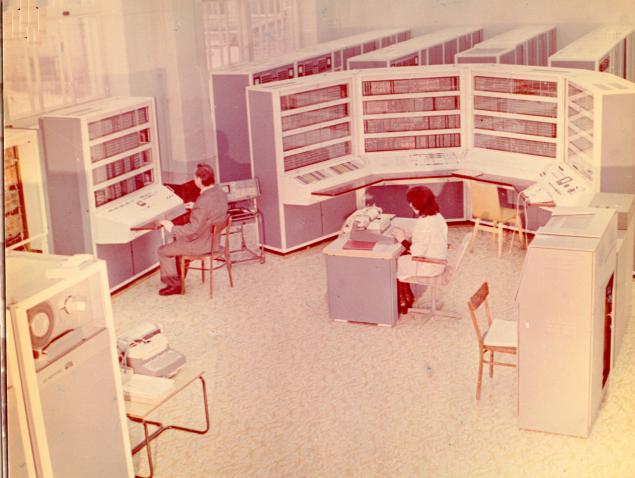
Perhaps someone heard about the cartoon «Cat» . He was very short, and it has been shown to move the silhouette of a cat. The whole point is that the movement was modeled system of differential equations of second order on the BESM-4. Cartoon frames created by printing characters BESM-4 on paper using alphanumeric printer-128. Therefore, we can say with certainty that the BESM-4 is directly related to the creation of one of the first movies using computer animation.
BESM-6 h4> A special place in the domestic computer building definitely takes the legendary BESM-6. The principles laid down in its structural organization are relevant to this day. These computers are still used in research institutes to solve the most difficult and important tasks.
BESM-6 was developed by a team of engineers led by SA Lebedev in 1965., Entered into production in 1968. In all there were 367 models. BESM-6 - this is the first supercomputer designed on the basis of the element of the second generation.

The main purpose of BESM-6 was to create a fast, relatively inexpensive serial machines that could meet all the requirements of modern automation and programming. The results show that the task was completed.
BESM-6 has a decent technical indicators:
- speed - about 1 million. Operations / sec.;
- RAM - from 32 to 128 thousand words;
- clock frequency - 9 MHz; li >
- element base - 60 thousand. transistors;
- time multiplication - 1, 9 ms;
- time division - 4, 9 ms;
- time perform bitwise logical operations - 0, 5 microseconds. character encoding in BESM-6 and command system as follows.
Based on the BESM-6 computers were created by well-known series on integrated circuits Elbrus. In the second half of the 80 developed a 64-bit machine BESM-6 (Elbrus-B), which includes its own instruction set and two modes of compatibility with BESM.
Based on the BESM-6 was created test emulator .
Summarizing h4> Of course, the series BESM was the development of Soviet computer school. If you look at history, we can say that in 1950 - 1960 years CCCR was on a par with the United States in all plans, including computerization. BESM were worthy competitors American IBM, and who knows what could turn events, if not fatal mistake made in 1967 by the Soviet government. According to many experts, it was a turning point that year, after began to develop a series of UCS.
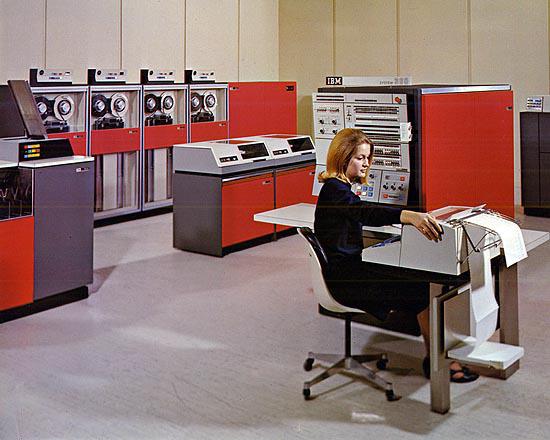
Began a full backup of Western technology IBM. Thus, during the second half of the 80s in Minsk the release of personal computers EU (EU-1840, the EU-45 and 55) on processors like Intel. However, the technology of production of microprocessors are not allowed to go beyond the level of Intel 286. After that subsided Soviet computer industry. Many factories were closed, and dispersed teams of scientists. But history can not be changed, and now BESM very appreciated among fans of Soviet computers.
Source: geektimes.ru/company/ua-hosting/blog/244191/






